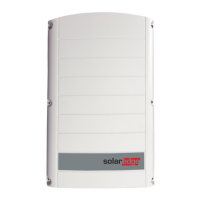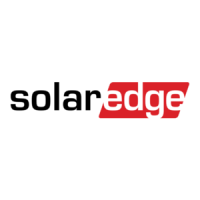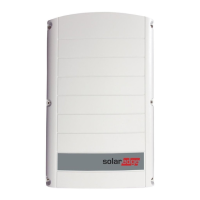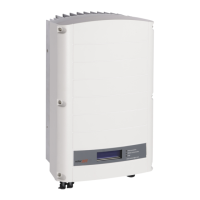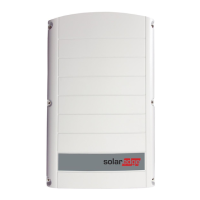What to do if SolarEdge SE8k string voltage is 0V?
- BbrianwashingtonSep 9, 2025
If the string voltage on your SolarEdge Inverter is 0V, it is likely that one or more power optimizer outputs are disconnected. Ensure that all power optimizer outputs are properly connected.
